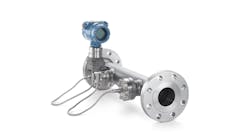According to PSM, facilities often engage a pump system specialist to lead the assessment. A pump system specialist is an individual that has obtained formalized training, such as the Pump System Specialist training program provided by the Department of Energy (DOE). While the PSM guide outlines the process used by an external assessor, it can be adapted to an internal assessment.
The pump system assessment involves a series of steps, carried out in advance, at the site, and after the on-site investigation. It concludes with a detailed report that can be used by plant managers to identify opportunities for pumping efficiency improvements.
To download a copy of the “Pump System Basic Assessment Guide,” click here.


